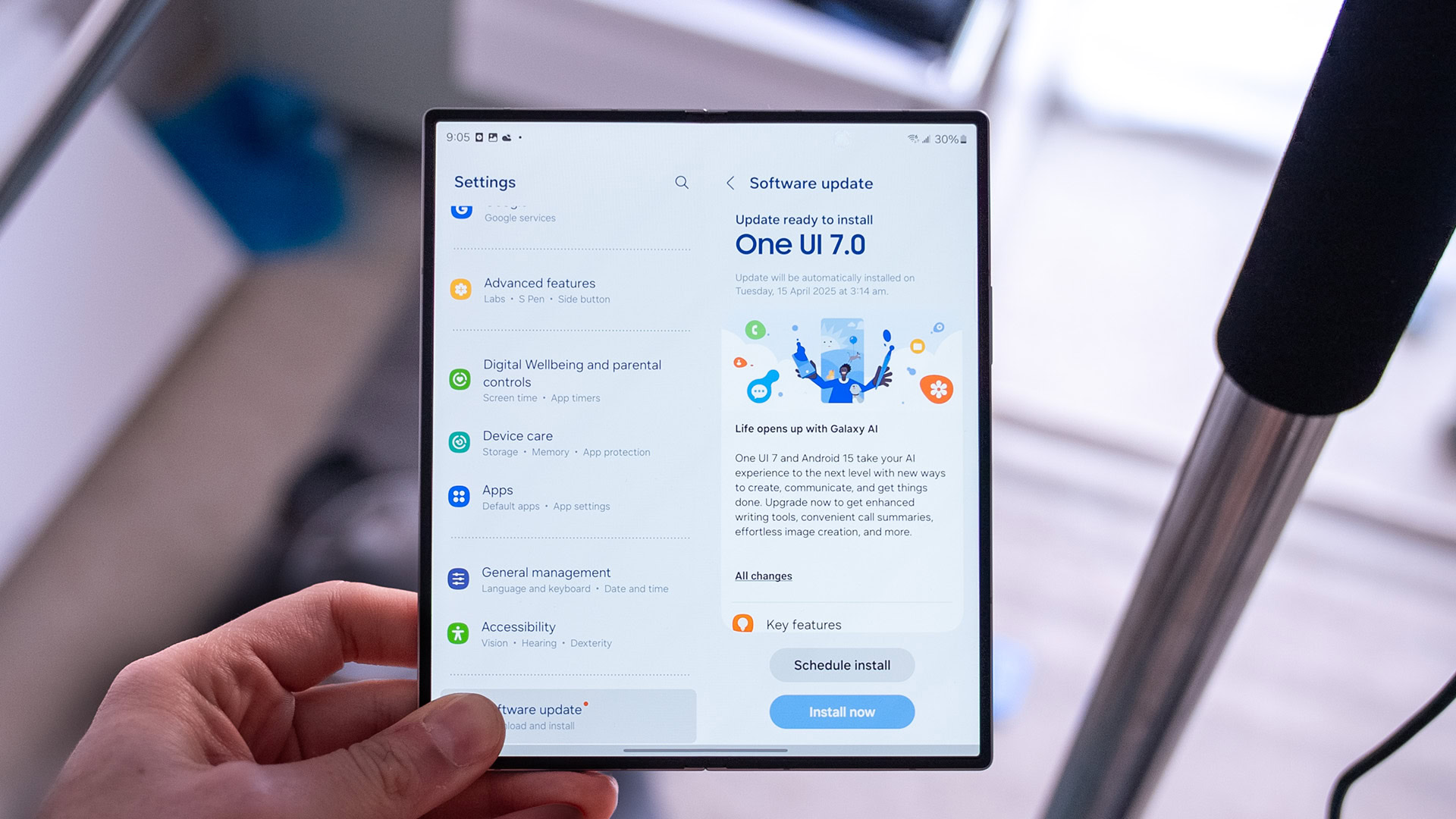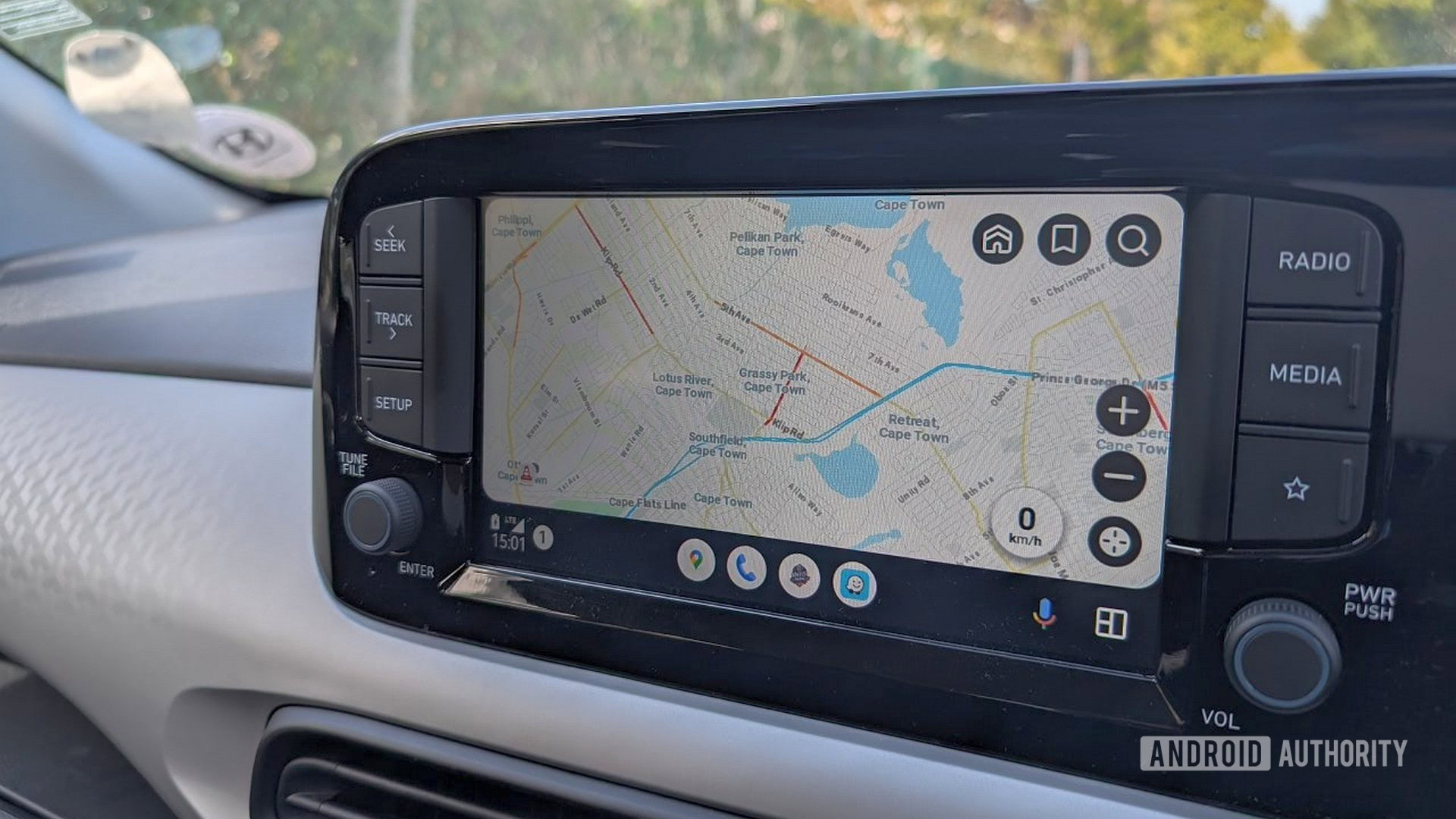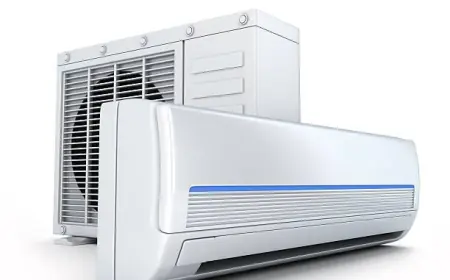Boost Crop Yields with Smart Agriculture Systems and IoT Sensors
Discover how integrating IoT sensors into smart agriculture systems empowers farmers with real-time data, precision control, and automation—leading to increased efficiency, reduced waste, and significantly higher crop yields.

Agriculture is undergoing a rapid transformation, thanks to the integration of cutting-edge technologies. As global food demand grows and climate fluctuations become more pronounced, farmers are increasingly adopting digital solutions to maintain both productivity and sustainability. Among these innovations, IoT sensors are playing a pivotal role in helping boost crop yields through data-driven insights and real-time monitoring. A Smart Agriculture System is no longer a futuristic concept—it’s an essential part of modern farming strategies.
Traditionally, farming relied on experience, observation, and manual effort. While these methods have sustained humanity for centuries, they fall short in addressing today’s challenges. Pests, unpredictable weather, soil degradation, and water scarcity all contribute to yield loss. The solution? Intelligent systems that can sense, analyze, and respond in real time.
How IoT Sensors Revolutionize Crop Management
IoT (Internet of Things) sensors work by collecting data from the environment—such as soil moisture, temperature, humidity, sunlight intensity, and nutrient levels—and transmitting it to a centralized platform. The information is subsequently examined to guide choices regarding irrigation, fertilization, and pest management.
For instance, soil moisture sensors help farmers apply the right amount of water at the right time, reducing water wastage and preventing root diseases caused by overwatering. Temperature and humidity sensors can notify farmers when the environment is favorable for fungal development or pest problems, allowing for prompt action and reducing the risk of crop damage.
The continuous flow of real-time information empowers farmers to act proactively, rather than reactively. Over time, this leads to better crop quality, reduced resource use, and significantly higher yields.
Key Benefits of IoT-Based Agriculture
-
Precision Farming
IoT enables precise control over farming variables. Whether it's the amount of water delivered to each plant or the timing of pesticide application, every input can be optimized. This level of precision enhances efficiency and reduces costs.
-
Predictive Analytics
By utilizing both historical and current data, farmers can forecast results with greater precision. Weather patterns, soil conditions, and crop performance trends can inform long-term strategies for planting and harvesting.
-
Remote Monitoring and Automation
Farmers no longer need to be physically present in the field to assess crop health. Mobile apps and dashboards allow remote access to farm data, making management easier for large-scale operations. Automated systems can trigger irrigation or nutrient delivery without human intervention.
-
Sustainability and Environmental Benefits
By minimizing resource waste and preventing excessive chemical use, smart farming supports more sustainable agriculture. It promotes better soil health, conserves water, and reduces the carbon footprint of farming activities.
Real-World Applications in Smart Farming
Many farms across the globe have already implemented IoT-driven systems with remarkable success. In India, smart irrigation solutions have helped farmers reduce water usage by up to 30% while increasing yield. In Europe, vineyard managers use IoT sensors to monitor microclimates and optimize grape quality.
These success stories highlight how accessible and impactful this technology can be. Even small and medium-sized farms can adopt modular systems tailored to their needs and budget.
Integrating Systems for Maximum Impact
To fully harness the power of IoT, integration is key. A Crop Monitoring System Using IoT becomes far more effective when it’s part of a broader ecosystem that includes weather forecasting tools, mobile apps, machine learning algorithms, and automated machinery. The result is a seamless system that supports decision-making at every stage of the crop lifecycle.
Platforms that combine sensor data with satellite imagery and AI models can provide even deeper insights. They can identify stress areas in a field, predict disease outbreaks, and recommend optimal harvest times. This holistic approach ensures no opportunity—or risk—is overlooked.
Challenges and Considerations
While the benefits are substantial, implementing an IoT-based system isn’t without challenges. Initial setup costs, technical literacy, data security, and internet connectivity in rural areas can be hurdles. However, with growing support from governments, startups, and agritech companies, these barriers are gradually being overcome.
Farmers need training and support to interpret data effectively and take meaningful action. Fortunately, many providers offer user-friendly interfaces and customer support to ease the transition.
The Future of High-Yield Farming
As technology advances, the resources accessible to farmers will increasingly become more advanced and cost-effective. Drones, autonomous tractors, blockchain traceability, and AI-powered analytics are just a few of the innovations on the horizon.
What’s clear is that smart farming is not just a trend—it’s the future of agriculture. IoT sensors are essential to this transformation, enabling better decision-making, higher crop yields, and stronger food systems. For farmers aiming to remain competitive and sustainable, adopting these innovations is not merely advantageous—it’s vital.
What's Your Reaction?
 Like
0
Like
0
 Dislike
0
Dislike
0
 Love
0
Love
0
 Funny
0
Funny
0
 Angry
0
Angry
0
 Sad
0
Sad
0
 Wow
0
Wow
0
















































